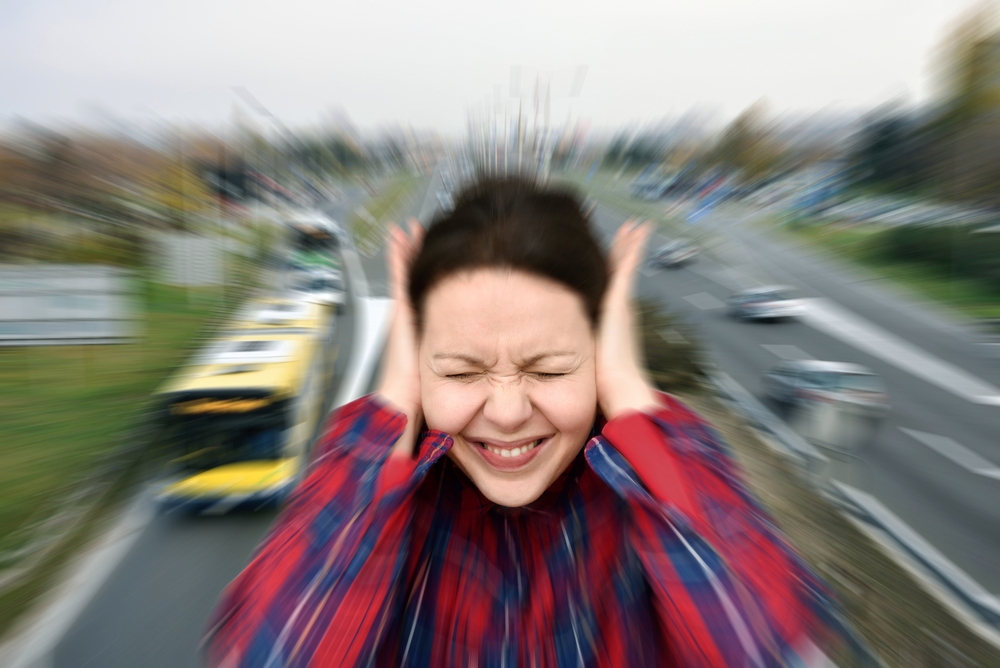For a long time, noise was thought to affect only the auditory system. However, recent research has revealed a more complex truth: even in small doses, noise can be detrimental to the well-being of the individual and disruptive to the body. Once noise crosses the threshold of disturbance, even low-level sounds can quietly sow the seeds of health impacts, triggering stress or disrupting communication. Our LENS project aims to reduce the noise level of light-vehicles, a category of mobility solution that emits significant amount of noise. Thus, in the following paragraphs, an overview of the negative health impacts of noise pollution is given and some curbing mechanisms of LENS are outlined.
From the immediate to the long-term: The effects of noise on health
Noise can increase heart rate and blood pressure, impair attention and memory, induce restlessness and can have negative effects on the metabolic systems. Remarkably, these effects are temporary and can be reversed.
However, some of the effects can have a long-lasting and even persistent effects on our health: Persistent physical and nervous fatigue, insomnia, bulimia, chronic hypertension, anxiety, as well as mood shifts. Noise is particularly detrimental to our sleep: Disturbing sleep alters the very structure of this vital activity. In response to noise, the body produces more stress hormones during sleep than when we are awake.
This leads to a variety of effects: delayed sleep onset, disruption of sleep phase organisation, night-time awakenings, premature awakenings and thinning of sleep itself. The effects extend beyond the night, sometimes leading to excessive reliance on sleeping pills and tranquillisers, which inevitably affects daytime quality of life.
The range of interventions: Towards quieter roads
Road traffic noise is the most widespread source of environmental noise and the largest contributor to the health effects of noise. How can this be changed?
Possible solutions include using low-noise asphalt on roads, better traffic flow management and reducing the speed limit to 30 kilometres per hour. Many cities and regions have also created quiet zones where people can get away from the noise of the city. These are usually green areas such as parks or nature reserves. Other measures are aimed at raising awareness and changing people’s behaviour to use low-noise modes of transport such as cycling, walking and electric vehicles.
The LENS Project: Aiming to silence the roar
The LENS project aims to reduce the impact of noise and emissions by bringing together enforcement authorities, cities and regulators. This mission will be achieved through the formulation and endorsement of interventions and optimal strategies targeting the existing vehicle fleet, coupled with recommendations for future vehicle improvements. The range of interventions targeted at the current fleet ranges from measures within the vehicles themselves (such as speed limiters and digital sealing) to infrastructure solutions (including traffic calming measures and access restrictions). In addition, tamper detection and enforcement measures are envisaged, as well as the integration of intelligent applications to guide drivers towards greener and quieter driving habits.
Testing the sound: The LENS approach to noise and emissions
A comprehensive evaluation programme of over 150 LVs is being established, involving various test scenarios such as on-board, on-track and laboratory testing. This extensive testing effort aims to build up a repository of essential performance data. Innovative portable sensor-based and mini-analyser measurement systems are being developed within the project to enable accurate characterisation of gaseous and particulate pollutants, including fine particles.
Further readings:
SCIRP: Impact of Noise on Health: The Divide between Policy and Science
EEA: Health impacts of exposure to noise from transport
EEA: Noise pollution and health
New York Times: Noise Could Take Years Off Your Life. Here’s How
POLITICO: Europe struggles to turn down volume on deadly traffic noise

